After an incredibly busy and exciting February, I’m now back from my Snow Monkey and Hokkaido Winter Wonderland tours, and from today will release a series of episodes to update you on how both trips went. First I’ve selected 22 images from Tour #1 which ran from January 27 to Feb 7, which I’ll break into two parts, and then follow up with a Tour #2 update later in the month.
With Tour #1 being the eight iteration of this tour now, I’m sure you don’t need to know every detail of the tour, so I’ll really just go through this by showing you some representative photos. As you know, we start the tour with three days over in Nagano Prefecture photographing the incredibly adorable snow monkeys. Despite having some good snow falls from December through early January, there was surprisingly little snow–a trend that would plague this tour to a degree as you’ll hear.
As usual though, it’s still possible to get shots that look as though the entire valley is snow-covered, by ensuring that there are no bare patches in your photos, as with this first image, of a young snow monkey riding on his mothers back.
I never tire of watching these monkeys going about their daily life, and as they come down from the valley walls to feed, the young often ride on mum’s back like this, and then as mum stops to feed, the baby jumps down and starts to forage as well.
Another thing I never tire of is trying to capture intensely human expressions in intimate portrait images such as this one. Again, despite the patches of bare rock showing through, it isn’t difficult to angle yourself to get a pure white background, and a shallow depth-of-field helps to create this lovely dreamy effect.
This was shot at f/5.6 at 280mm, using a 70-200mm lens with a 1.4X Extender fitted. This young lady was sitting on the fence along the path down to the hot-spring pool, and sat for me for a while so I was able to get a variety of poses. This one with her eyes closed was my favourite as it enables us to believe that she is deep in thought, a very human trait, although I’m sure these monkeys also do that to a certain degree.
Note that as it’s often difficult to focus exactly on the eyes with the fur around the face sometimes getting in the way, I sometimes manually tweak the focus to ensure that the eye, or the eye-lid in this case, is perfectly sharp.
After spending three days with the monkeys we headed back to Tokyo, and spend the night in a business hotel in the city before heading out to Hokkaido on the first flight, bright and early on the morning of January 30.
As I’ve photographed all of the subjects on this tour many times, I’m starting to get very particular, not only about actually releasing the shutter, but also about the images that I select from those that I do shoot, so I find that I haven’t been selecting many crane shots, having already made so many photos that I’m already happy with.
We would be treated with some great weather that really opened up some lovely new opportunities during our two days, but the first shot that I wanted to share today from the Akan International Crane Center, is this one of a black kite, shot during the 2 o’clock feeding time.
Although I often photograph the kites during the feeding time, I rarely share any of the shots, because they usually pale in comparison to the White-Tailed Eagles and sometimes Steller’s Sea Eagles that also come in to steel the fish, but for this one I just love the detail and the pose, and that beautiful catchlight in the eye. There’s also an almost painterly feel to the textures and patterns in the feathers in this shot, which I really like.
Note too that this was the first time I was really using the new Canon 200-400mm f/4 lens with the integrated 1.4X Extender, and having now used it for most of the last month, I can tell you that I am absolutely head over heals in love with that lens. I’ll be doing a full review based on my findings hopefully by the end of the month, so stay tuned for that if you are interested.
A day later, on January 31, we were treated to a few flurries of snow, and some driving snow, which we’ll look at shortly, but first, here’s one of my favourite photos from the snow fall, when this crane was hovering over a group of other cranes, seemingly waiting for clearance to touch-down.
Note that I trimmed this down to a 16:9 aspect ratio, removing the top of the image which was not really necessary. I could of course have moved the camera down while shooting, and included more cranes but I kind of like just having a hint of the crowd below, rather than trying to tell the whole story here.
Also note that although I used to use Nik Software’s Color Efex Pro to bring out the snow in a photograph like this in the past, I now find that just cranking the Clarity slider up in Lightroom a great job, and that of course saves us from having to create a TIFF or PSD file just for this purpose, which is always a welcome benefit of completing an image in Lightroom.
A few hours later, and the wind really started to get up, causing the snow to drift, and the cranes coming in to land just hung in the air for what seemed like minutes as they tried to land. This next shot is actually a two photos stitched together, extending the image out to the left a little, to not only show the crane trying to land, but the whooper swans that were hunkered down bearing the cold of the driving snow.
Having shot the cranes with prime lenses for almost ten years now, I really found it to be a revelation to once again be able to zoom in and out from 200mm to 560mm with the build-in Extender engaged. Whereas until now I would have had three cameras at this location, I shot almost exclusively with the 200-400mm lens.
In the past I’d have had the 600mm f/4 lens on a gimbal head, and the 300mm lens probably with the 1.4X Extender fitted over one shoulder and the 70-200mm, maybe with a second 1.4X Extender fitted over my other shoulder. Quite often as cranes took flight, I’d start shooting with the 600mm, then switch to the 300mm as they drew closer, and then scramble for my 70-200mm as they flew over-head.
The result was of course that quite often I wouldn’t switch cameras quickly enough, and the birds would be too close as I started to frame them. Now being able to simply zoom out is totally liberating. In this shot, I was able to pull back to 200mm to keep this family unit of cranes all nicely framed as they flew towards me. A number of times I found myself giggling like a 14 year-old at my new sense of freedom. As I started to check the incredible image quality later in the hotel I was positively maniacal.
As we often do after the afternoon feeding session at the crane centre, it was a clear day, so we headed to the Kikuchi Farm where we photographed a number of cranes as they flew close to the setting sun, as it dropped behind the trees that line the back edge of the field that the farmer kindly opens to the public during the winter months.
Having missed out on our first visit to the Otowa Bridge the previous day, on February 1 we were treated with some beautiful hoar frost on the trees and mist over the river, as we can see in this next photograph. The cranes went absolutely crazy for a while at around 7:30 am. The temperature was probably down to around -18°C (0°F) and no wind, and these are the perfect conditions for this phenomenon to occur.
This has only happened a few times during the tours, despite having two cracks at it each time, so we were very fortunate to have such great conditions. I selected this particular frame by the way, because of the two cranes in the back left jumping up kick their legs out at each other, and a number of other cranes in the back right also dancing, but it’s not going to be all that obvious in the Web version.
Later that day, our third in Hokkaido, we headed over to the Kussharo Lake where we’d spend two full days photographing the Whooper Swans and doing a bit of landscape work, as well as the first of my classroom style workshop sessions at the hotel.
This first image from the Kussharo lake is a black and white conversion of a simple image of the large tree overhanging a part of the lake at a place called Kotan, which doesn’t freeze due to the hot-springs running into the lake there.
There was a somewhat heavy sky on this first day, which I generally find lends itself to a black and white such as this, so I used my 14mm lens to go really wide and include most of the tree and a number of the swans that winter here.
The swans at Kussharo lake would generally head further south to spend the winter in slightly warmer prefectures, but the fact that these hot springs keep the lake from totally freezing, and that there are a few locals that are tasked with feeding the birds, makes this a good place for them to winter.
As the sun get’s low in the sky or behind heavy cloud, we move to another part of the lake and I work with the group on some panning techniques, to shoot images such as this one, of a Whooper Swan in flight. At around 1/50 of a second you can get some beautiful wing movement, and occasionally you’ll catch the head just right, so that it’s sharp like this. It’s a fun technique to play with, and the resulting images can be very rewarding.
The following morning, Feb 2, we were up bright and early again for a short hike up to a viewpoint at Bihoro Pass, for a view of the Kussharo Lake from above. The lake is basically a caldera; the mouth of a volcano that has filled with water leaving a small island in the middle, which you can see here is just poking out from the clouds over the lake on this particular morning.
I ran this photo through Nik Software’s Color Efex Pro to enhance the colour and texture a little, and I love the warm light on the foreground hillside, as well as the warm glow along the horizon, and then of course those fingers of cloud spreading out across the entire sky. I shot this at 16mm to really enhance the cloud formation.
As I discuss in my next Craft & Vision ebook that should be released later this month, although it’s great to shoot the grand wide vista, it’s also important to keep the more intimate long focal length landscape in mind too, so before we left, I also made this photo, of the cloud creeping into the woods around the lake.
This was shot at 168mm with my 70-200mm lens, and again run through Color Efex Pro to bring out a little more texture in the trees and clouds. This is something else that I go into detail on in my new book, so do keep an eye out for that in a few weeks time, or sign up for our newsletter to hear about it as soon as it becomes available.
After this dawn shoot, we move on to Sulphur Mountain where we shoot the apocalyptic volcanic fumaroles, and we were lucky enough to find our Ural Owl at our secret location too, before heading over to Rausu for three days of sea eagles. We’ll pick up the trail in the next episode though, when I’ll share another 10 images from the last four days of the tour.
Note too that we are already taking bookings for the 2015 Winter Wonderland Tours, so if you’d like to join us, go and register at https://mbp.ac/ww2015 or click on the image below for details.
Show Notes
Details of the 2015 Snow Monkeys & Hokkaido tours: https://mbp.ac/ww2015
Music from Music Alley: http://www.musicalley.com/
Subscribe in iTunes for Enhanced Podcasts delivered automatically to your computer.
Download this Podcast in MP3 format (Audio Only).
Download this Podcast in Enhanced Podcast M4A format. This requires Apple iTunes or Quicktime to view/listen.

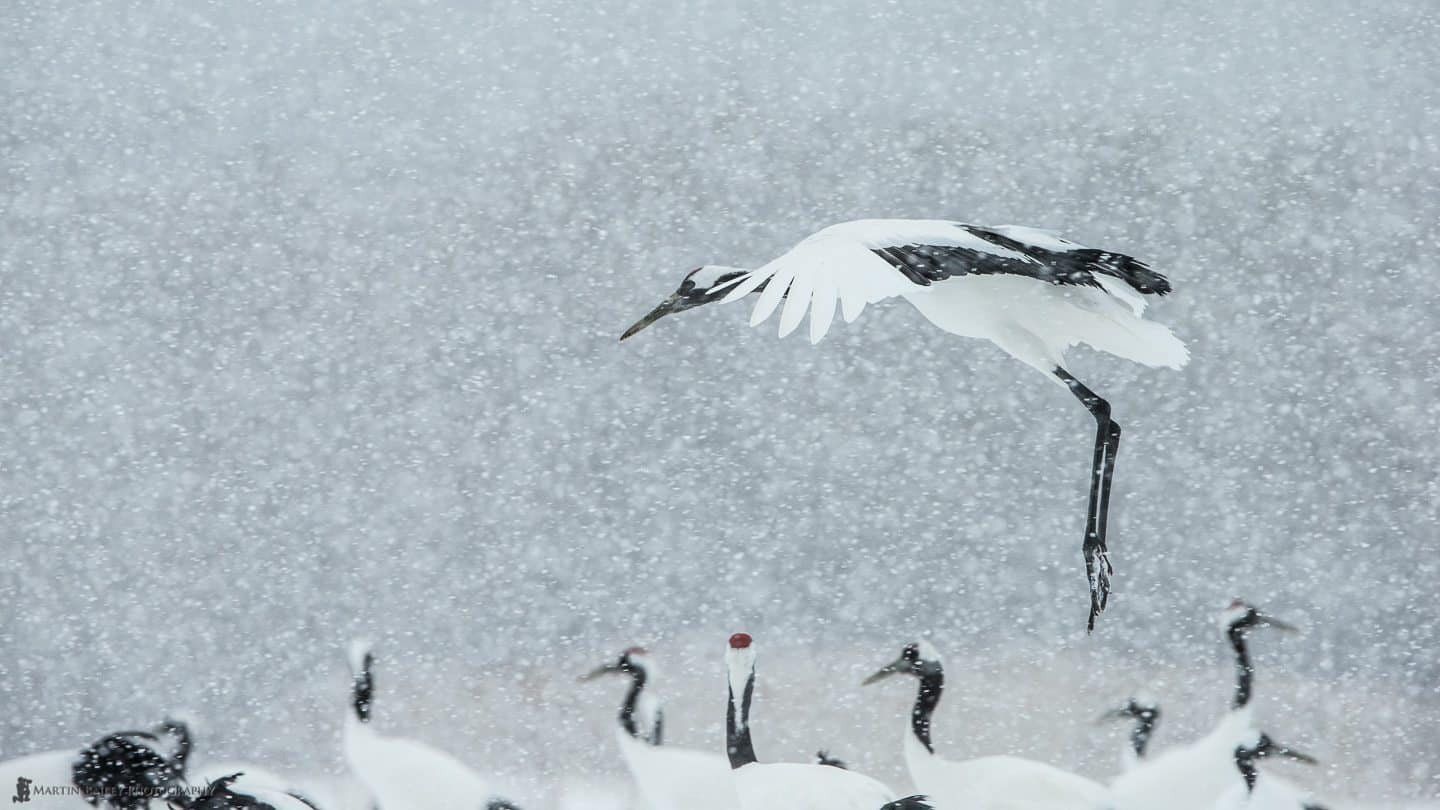
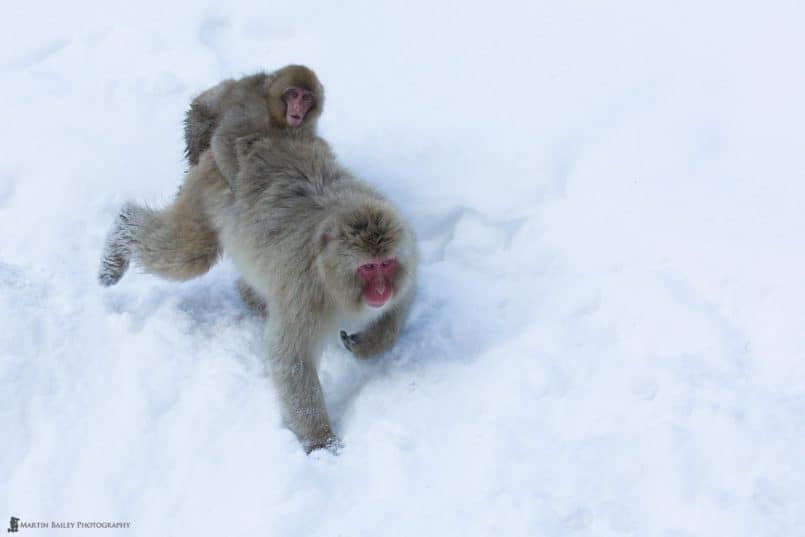
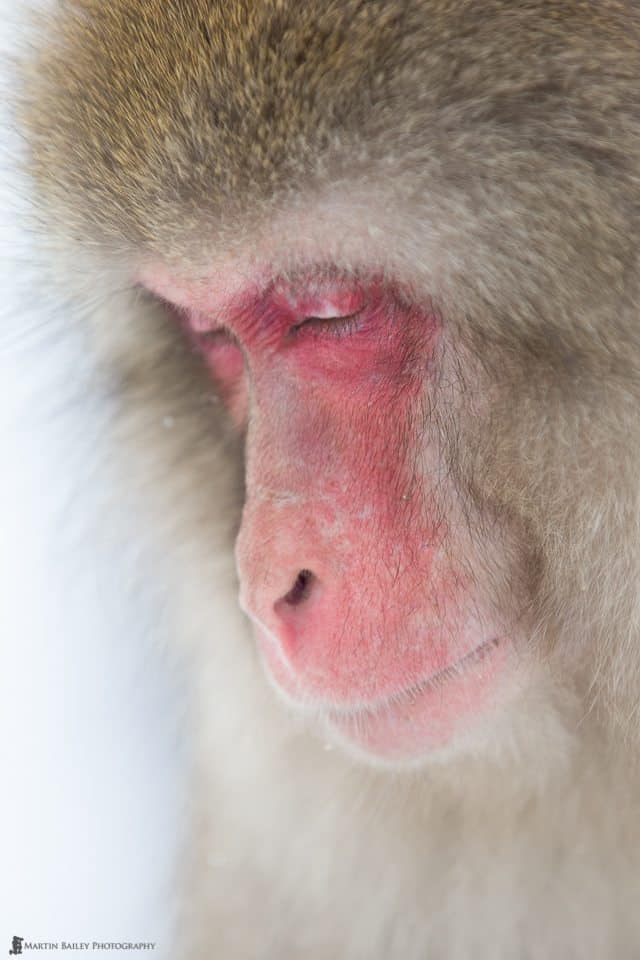
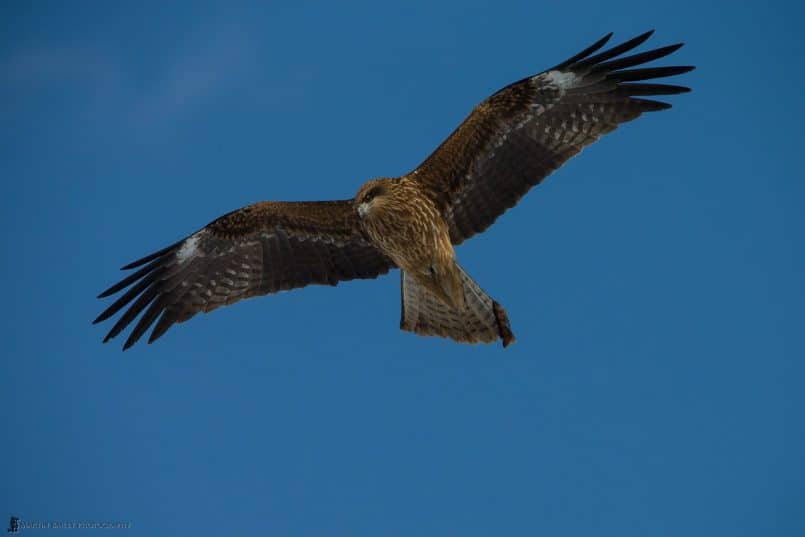

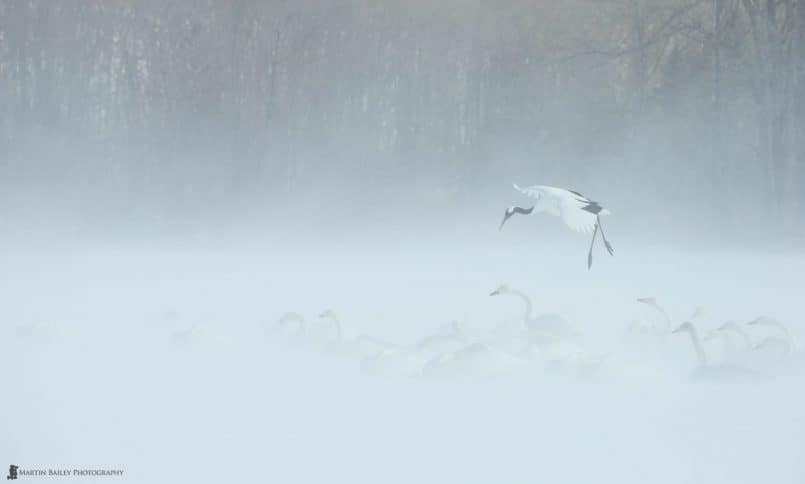
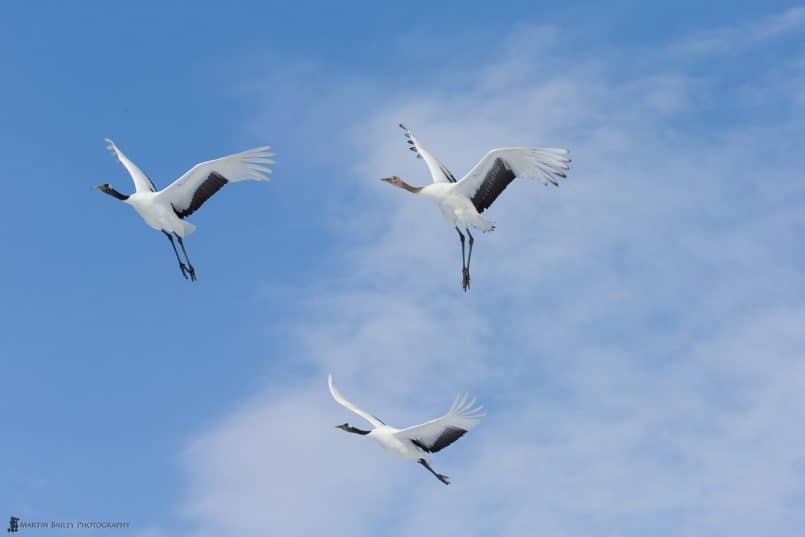
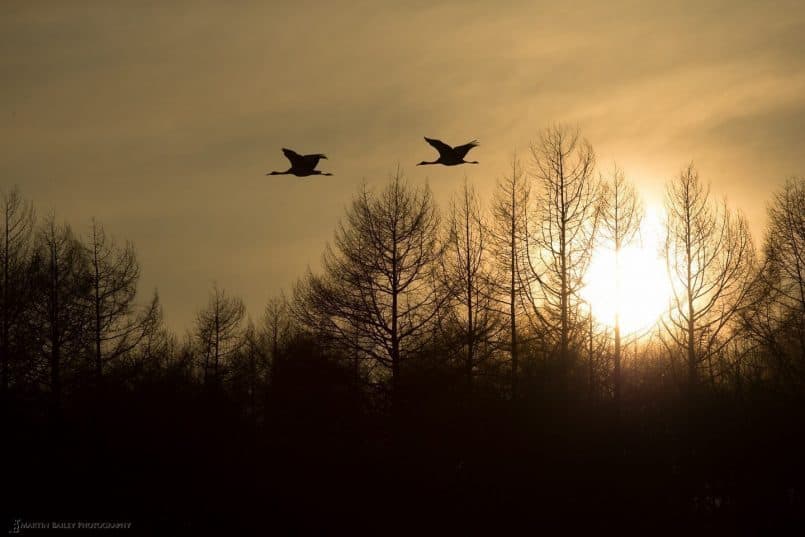
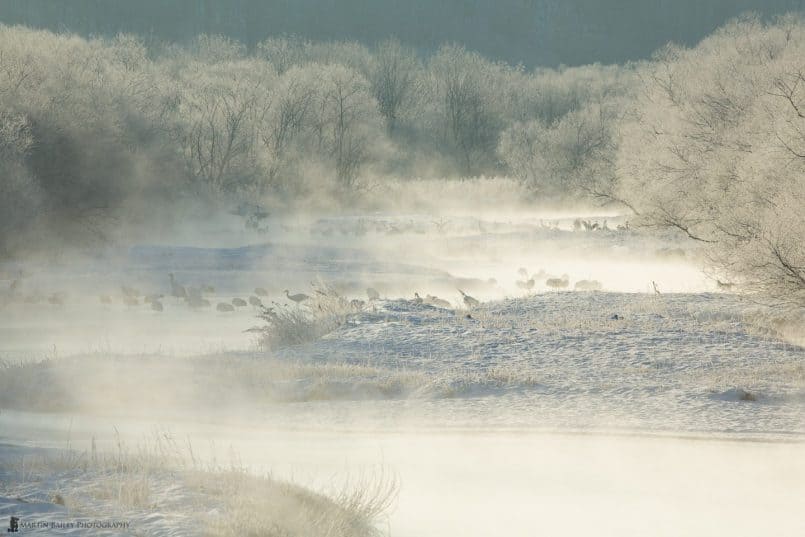
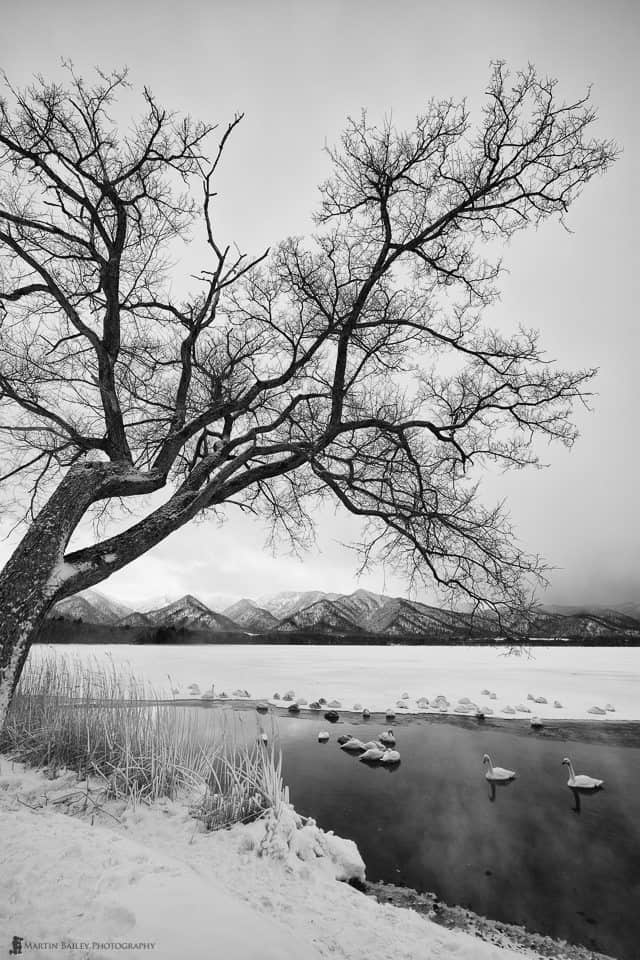
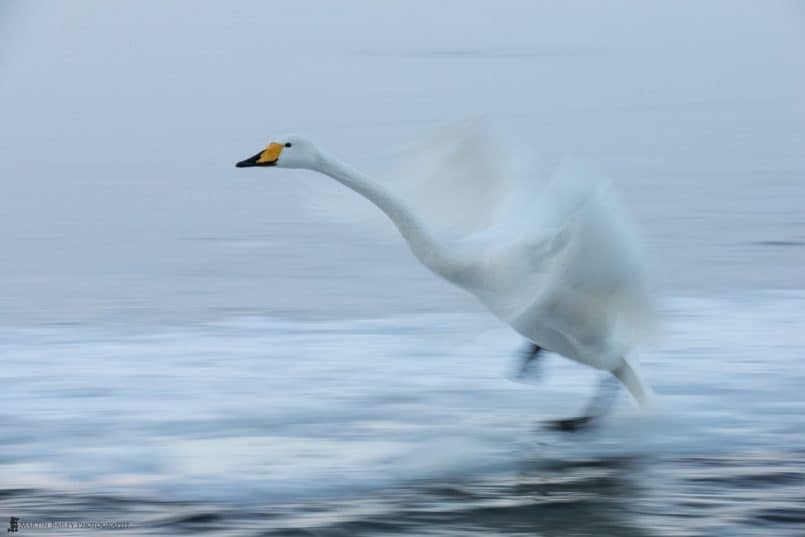

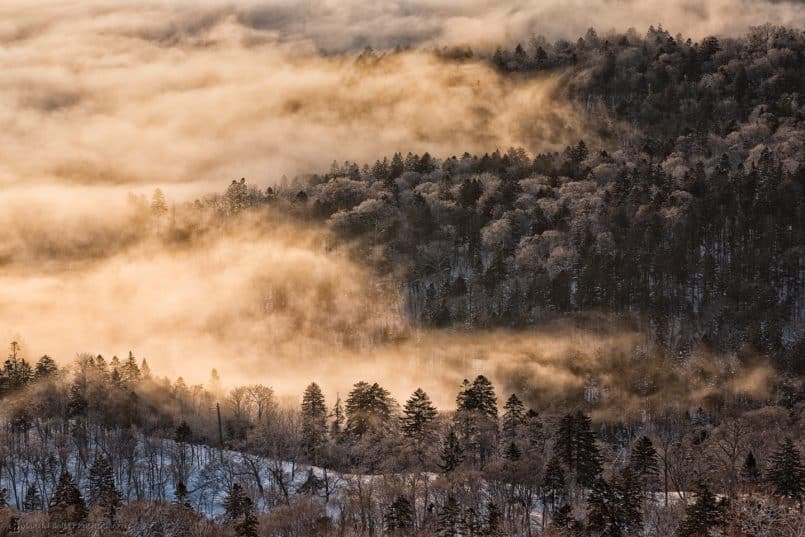


0 Comments